Last Updated: 28 April 2025
How to Play Poker at Home: A Guide to Hosting a Poker Night
Host a poker night at home with tips on rules, setup, game formats, and more. Learn about how to play Texas Hold'em at home with our guide.
GuidesEver dreamt of the thrill of a big bluff, the satisfaction of a royal flush, or the sheer joy of raking in a mountain of chips? Gather your friends because tonight, you’ll learn all you need to know about how to play poker at home. And we’re turning your living room into a high-stakes (or low-stakes, we don’t judge!) poker paradise.
How to Get Ready for a Poker Night at Home?
Ready to transform your home into the ultimate poker den? The key to a memorable night lies in thoughtful preparation. Choose your favorite poker variant – the classic Texas Hold’em or another exciting game. Establish clear house rules covering everything from blind structures and antes to buy-in limits, betting protocols, and how the victor is decided. Communicating these details to your fellow players in advance sets the stage for a fun and fair competition.
Choose a Poker Game Format
The world of poker is packed with different styles and formats, and all of them can be played at your table. Before the fun starts, it’s best to choose which type of poker you want to play and let everyone know ahead of time. From Hold’em to more crazy versions like the Chinese Poker, there’s a lot of action to be found. Pick one everyone knows, and get ready to play. As the host, you can either make the choice and pick your favourite, or you could open it up to the table and make a group decision. Of course, you can play a different variant each week, too!
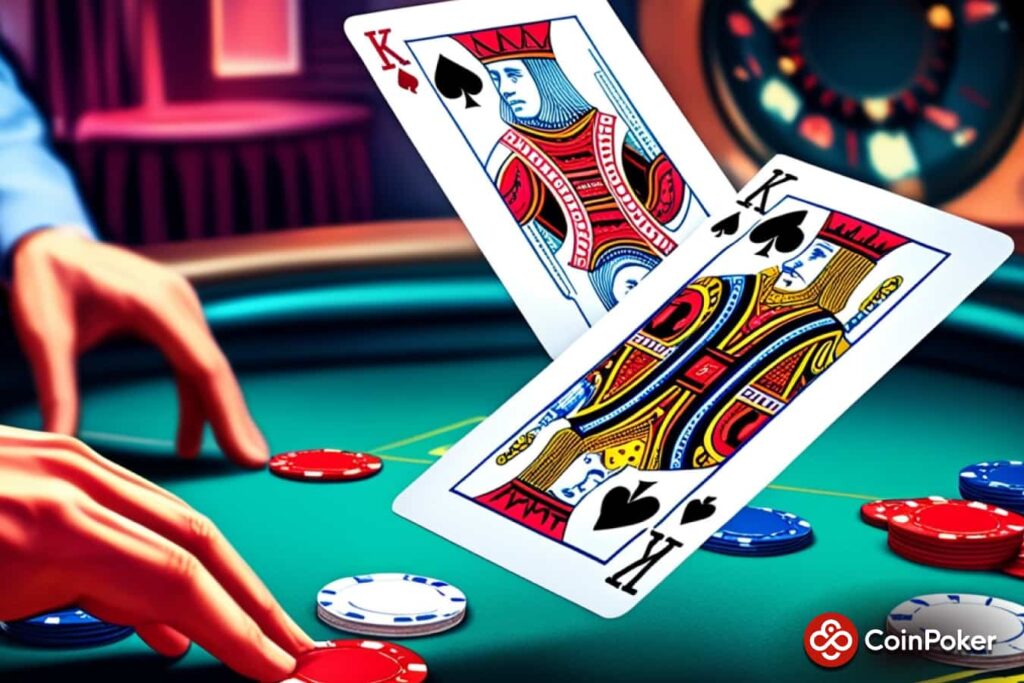
Set House Rules
Clear house rules are the bedrock of a fun, smooth home poker game. Before the first card is even dealt, nail down the details to avoid any later arguments. Let’s take a peek at the things you should organise before starting:
- Buy-ins: Set a minimum and maximum buy-in amount
- Antes: Decide if you want an ante per hand, something like $0.25
- Blinds: Set out the initial small and big blind amounts
- Increasing Blind: Clearly state if and when blinds will increase, like every 30 minutes
- Rebuys: If rebuys are allowed, set the time limit for rebuys
Let’s see an example of play: John deals. Sarah (left) posts $0.50 small blind, Michael (next) posts £1 big blind. Everyone antes £0.25. Action folds to David, who raises to £3. John folds. Sarah calls. Michael calls. The flop is dealt, and the betting continues. Thirty minutes later, the blinds increase to $1/$2.
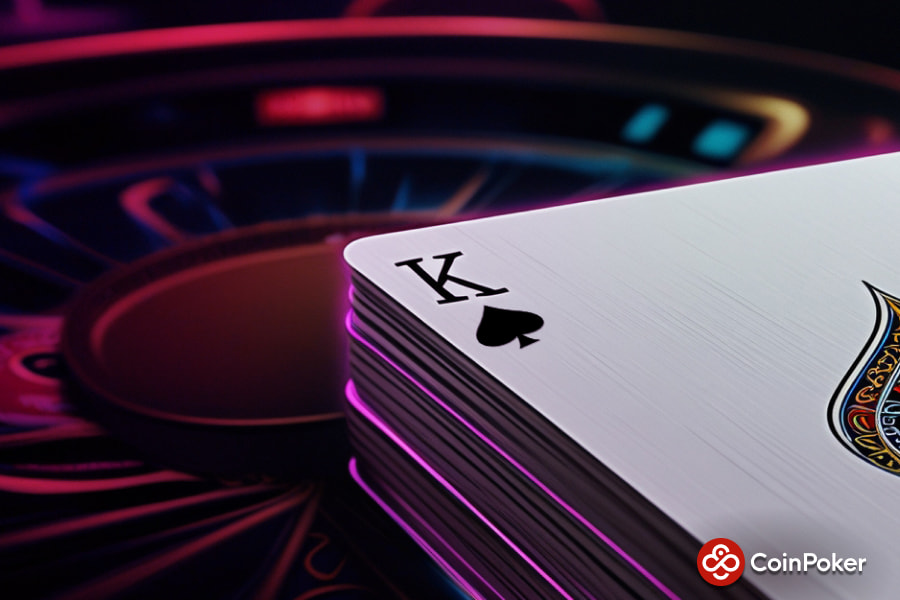
Gather Poker Supplies
It’s time to get that poker setup looking sharp, let’s look at what you need first:
- A basic poker set can run anywhere from $20 to $50, depending on quality.
- A set with 300-500 poker chips is ideal for a good home game.
- A standard 52-card deck completes the setup.
- A poker table if you’re feeling fancy.
Now, you’re ready to deal; make sure you have enough different chips to assign different colors to various denominations. For example, white for $1, red for $5, and blue for $10.

Plan Game Length & Conditions
Now that you’re all set up, you can decide how serious or friendly your game will be. Set the time and winning conditions so everyone knows what to expect. You could say you aim for a 3-hour game with a break in the middle, and the final chip winner takes the prize. Or you could do an 8-hour-long knockout tournament, a 5-hour cash game, or just an open house where people can drop in and out as needed.
All players know when the home poker game will end and who will be the top dog when the whistle blows. This helps keep everything friendly, and then everyone knows what’s going on, making for a smoother, simpler, and above all fun game.
Set the Ambiance
It’s game night, the folks are round, and it’s time to get the ambiance just right! Dim the lighting a touch for that classic cardroom feel – maybe some lamps instead of overheads. For music, think mellow and unobtrusive; instrumental jazz or blues works a treat to keep things relaxed but focused.
The table should be clear and spacious enough for cards and chips. Set up a snacks corner with easy-to-grab nibbles like crisps, nuts, and maybe some finger sandwiches. And, of course, a well-stocked drinks corner with water, soft drinks, and things you know your players enjoy. The aim is comfortable, casual, and a great place to while away a few hours of card play and friendly banter.
Playing Poker at Home: Step-by-Step
Now that everyone’s at the table, it’s time to deal! We’re going to roughly describe the basics of a Texas Hold’Em game with five players, though this applies to any table size and variant of poker.
Step 1: Preflop
Imagine you’re sitting at the table. The cards have just been dealt. John, who drew the high card, is the dealer. He slides two cards face down to each of us, starting with Sarah on his left. You peek at your hidden cards – the suspense is building!
Now, the betting begins. Sarah, to John’s left, puts in the small blind. Michael, next to her, posts the big blind. David looks at his hand and decides it’s strong enough to play, so he calls the big blind. The rest of the players, perhaps not liking their initial cards, decide to fold. It’s just Sarah, Michael, and David in the pot right now.
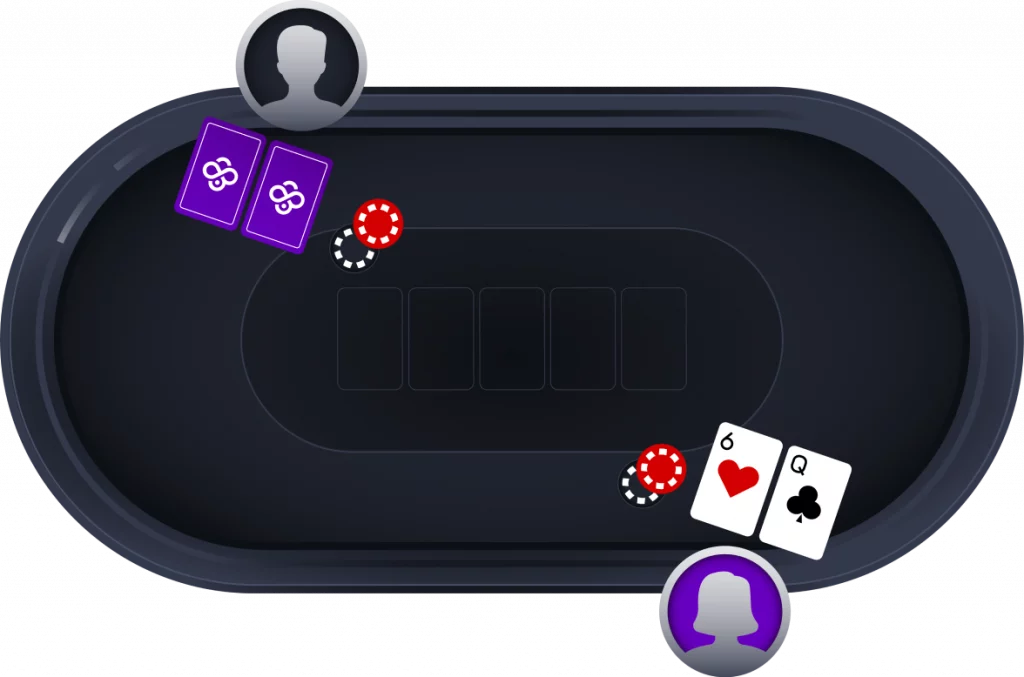
Step 2: Flop
The first three community cards are now dealt face up in the middle of the table. These are for everyone to use to make their best possible five-card hand. Another round of betting kicks off. Sarah, feeling confident, decides to raise the bet. Michael, perhaps not liking how the community cards have fallen, chooses to fold. David considers his options and decides to call Sarah’s raise. So, it’s just Sarah and David continuing in the hand.
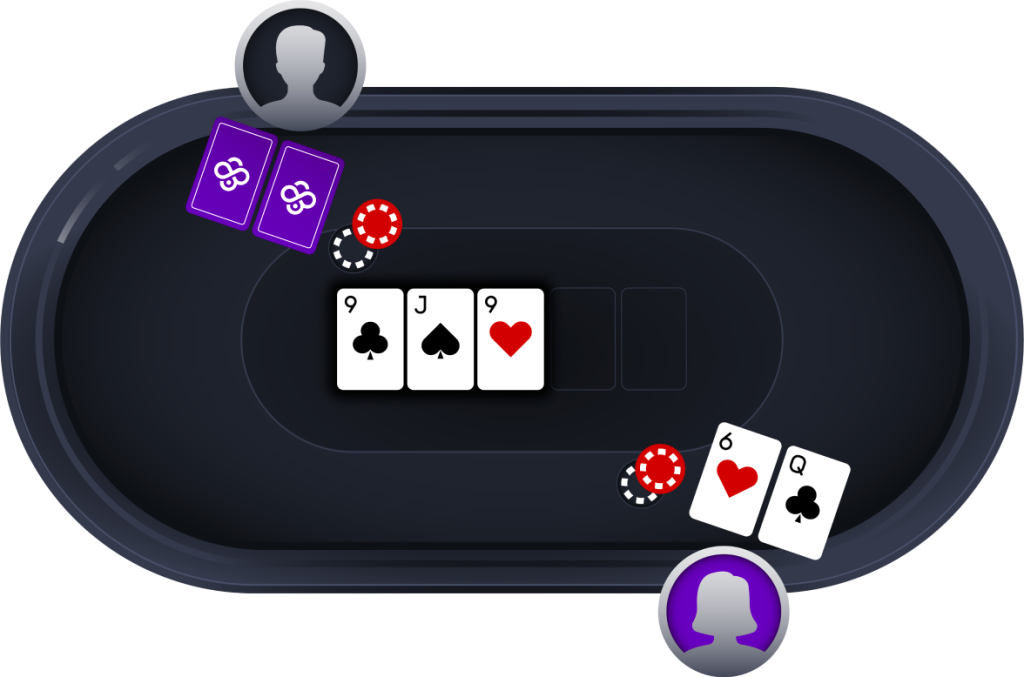
Step 3: Turn
A fourth community card is dealt face up – this is the “turn” card. Both Sarah and David eye it carefully, considering how it impacts their potential hands. This time, both players decide to play it safe and check. No further bets are made in this round.
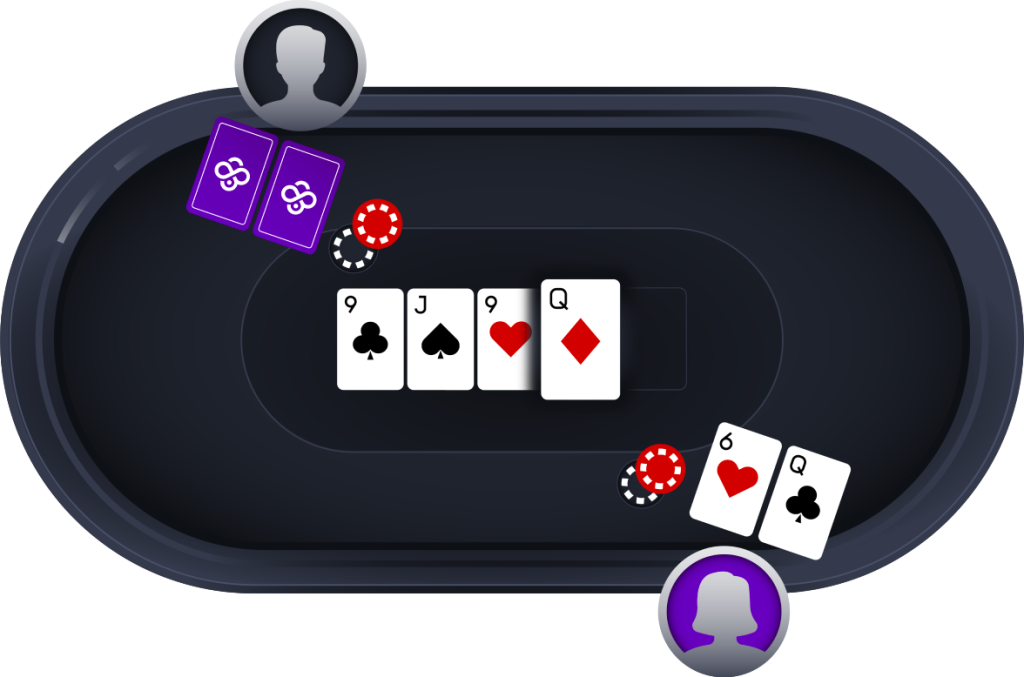
Step 4: River (The Showdown)
The final community card, the “river” card, is placed on the table. Now, both Sarah and David think they might have the winning hand. Sarah decides to bet first. David, feeling his hand is superior, raises the bet.
The moment of truth has arrived – it’s the showdown! Sarah calls David’s raise, and both players reveal their hidden cards. David proudly shows his pocket Aces (two Aces dealt as his initial cards), which beats Sarah’s hand. David wins the pot and starts celebrating his victory, while Sarah might be a little disappointed.

Step 5: The Next Hand
The hand is over, and the chips are pushed to David. The action moves on, and now it’s Sarah’s turn to deal. The deck is shuffled, and the cards begin to float around the table once again. Michael, now to Sarah’s left, puts in his small blind, and a new hand begins!
Etiquette & Tips to Follow when Hosting a Game of Poker
Being nice at the table makes the game better, but there are also a few other unspoken poker rules specific to the game that you and others may want to pick up. Let’s peek at a bit of home poker etiquette.
- Announce Your Bet: When you’re placing chips, simply state the amount. “Three” or “Raise to five” works great.
- Keep um Up: Keep your hand visible to others (mostly). Don’t be a card ninja hiding them in your lap. It just makes things easier for everyone.
- Keep the Game Flowing: Try not to take ages when it’s your go. We all like to think, but super-long waits can slow the game down. Get a feel for the pace and try to be ready.
- Stay Quiet During the Action: When people think about betting, let them concentrate. Save the funny stories for between hands. It helps everyone focus.
- Be Respectful, Good or Bad: We all win and lose. Try to keep your reactions chill. Big celebrations after every win or meltdowns after a loss can dampen the mood.
- Be Kind to the Card Dealer: Whoever deals does their best to keep things moving. A little patience and a “thanks” go a long way, even if they accidentally deal you a bad hand!
What Poker Games can you Play at Home?
Spice up your poker nights with a few different variants to consider:
- Texas Hold’em: The best for beginners, this classic game is the go-to in casinos and online. Staked with action, but you can control the blinds and bets too.
- Omaha Hi: Similar to Hold’em but with four hole cards. This leads to bigger starting hands and more potential for strong combinations, creating more action and bigger pots.
- Five-Card Pot Limit Omaha: Players start with five private cards instead of four. They still must use only two hole cards and three community cards, a really fun game for experienced players.
- Irish Poker: A fun poker variant if you want to really drink while you play poker.
- Five-Card Draw: A simpler, more traditional form of poker. The draw element allows for bluffing and hand improvement, making it a relaxed and enjoyable game for all skill levels.
- Seven-Card Stud: A good option for a game without community cards. Each player builds their best hand from seven individually dealt cards, some face-up, adding a layer of memory and observation.
- Crazy Pineapple: A fun twist on Texas Hold’em where players start with three hole cards and discard one after the flop. This adds an extra strategic element for experienced players and can lead to wild and unpredictable hands.
- Razz: A lowball variant where the aim is to make the best five-card low hand. Aces are always low, and straights and flushes don’t count against you, offering a unique twist on hand rankings.
Practice your Home Poker Game with CoinPoker
And there we have it: everything you need to host an epic poker game in the comfort of your own home. Now, all you need is a few friends, snacks, and a table. Grab your deck and deal in a fantastic evening of fun, giggles and maybe even a win or three.
To try a more convenient online version, head to CoinPoker’s tables. We’ve got something your home game doesn’t — a 150% welcome bonus with your first deposit. Plus endless opponents, a selection of poker tournaments, and the most popular styles of poker. Download the CoinPoker app to begin your first game.
FAQs
Totally! Grab a deck of cards and some chips (or even just beans!), and you’re good to go. Or, if you want to play against people online, there are tons of websites and apps for that!
You need a regular deck of cards, something to bet with (chips are cool, but anything works!), and a table. A dealer button is nice, but not necessary. And a poker mat? Super fancy, but not required!
Texas Hold’em is very popular and relatively easy to learn the basics of. Five-Card Draw is another simple and classic option that’s great for beginners.
Establish clear house rules beforehand. Decide on a buy-in amount. For rebuys, determine if they’re allowed, for how long, and the cost. Someone can be designated to manage the chip bank.
Be clear when announcing bets, keep your cards visible, pay attention when it’s your turn, avoid talking during a hand, and be a good sport regardless of winning or losing. Respect the dealer and the house rules.
Explore More
Announcements
Read recent announcements from CoinPoker about new games, ambassadors, and changes to our platform.
8 PostsGuides
The go-to resource for mastering poker with expert tips and strategies. Whether you're a beginner or a pro, our guides will elevate your skill level.
60 PostsNews
Find the latest poker news, plus our latest CoinPoker Weekly and Monthly Newsletters. Updates about games, promotions and other exciting crypto news.
91 PostsPromotions
Find the latest coinpoker promotions here. Explore the crypto poker world with the best poker promotions available.
1 Post
















